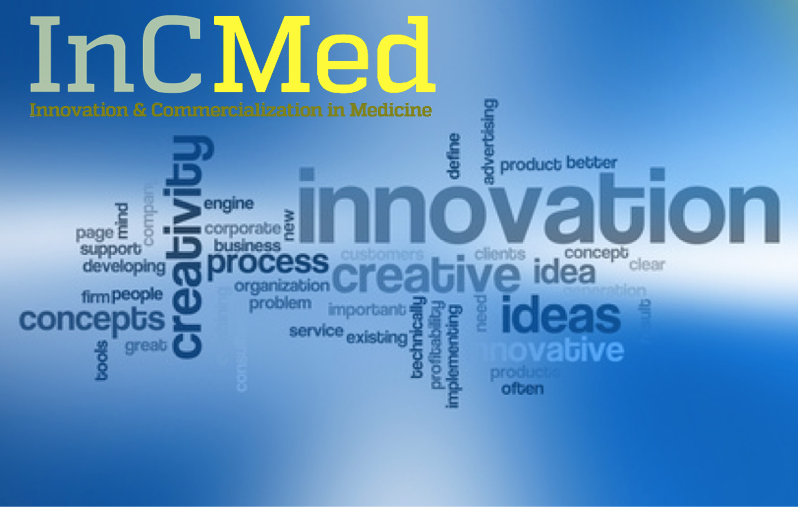Look around Hopkins and you see a culture that has been shaped by the giants in medicine and science. Portraits decorate our walls, and clinical teams, buildings and events are named after famous physicians and scientists. Perhaps less visible is the impact of the teams and processes that enable discoveries to become implementable improvements- drugs, devices and technologies that help us care for patients. Less an idea or discovery, creating these solutions is a process that requires multidisciplinary teams to advance, refine and execute. This growing culture of innovation is displayed by different images: new offices and buildings housing teams that are bringing discoveries to the world. As an example, tour the new Innovation Hub in the 1812 Ashland building, the newly erected home to JHTV and start-ups.
One of the teams gaining early success in creating solutions is Glyscend, a Hopkins start-up company founded and led by gastroenterologist, Ashish Nimgaonkar.
Dr. Nimgaonkar, with Dr. Jay Pasricha and a team of students from the Center of Bioengineering Innovation & Design program (Kevin Colbert, Pratik Patel, Michael Parlato) recently won a Johnson and Johnson (J&J) Quickfire Challenge award to advance their solutions for metabolic diseases.
After observing that bariatric surgery and certain medical devices yield dramatic and immediate improvement in glucose control independent of weight loss, the team has been working to develop unique non-invasive solutions for type 2 Diabetes. The company was established in 2014, after promising proof of concept animal data generated enough enthusiasm to win capital from seed funds emanating from Hopkins, Maryland (TEDCO) and the National Science Foundation (NSF). The recent $500,000 award from J&J now enables the team to operationalize the company for more rapid product development and growth.
Perhaps it’s not a surprise that Dr. Nimgaonkar describes the biggest challenges as the company’s greatest strengths: bringing together the right group of people with complementary skill sets and raising funds early, when the only real assets of the company may be people, science and a vision.
A good team, a credible story, dogged persistence and institutional support can turn science into solutions.
-Kieren Marr, Vice Chair for Innovation in Healthcare Implementation
